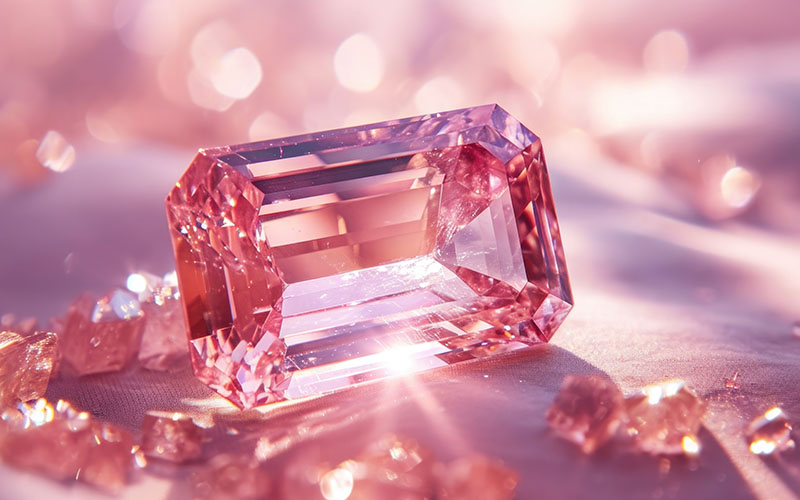As lab grown diamonds gain popularity consumers have questions about the “post-growth treatment” comment seen on many IGI grading reports. Post-growth treatments are commonly used to reduce, eliminate or change the diamond’s color-appearance. Logically, people want to know “are the treatments permanent?”

The short answer is yes: Explained below.
Fun Fact: Most of the world’s diamonds are brown
Brown is the most common color variety of diamonds, whether natural or lab grown. Brown diamonds account for around 15% of production in most natural diamond mines. Brown color is also present in the majority of lab grown diamonds – although this number subsides as technology advances. Brown is currently more prevalent in lab diamonds grown using the Chemical Vapor Deposition (CVD) process than High Pressure High Temperature (HPHT).
Watch: IGI explains Lab Grown Diamonds
Cause and treatments
Brown coloration in diamonds is attributable to how the atoms arrange themselves during growth, resultant vacancy clusters, etc. Common methods for reducing, eliminating or changing brown coloration in the normal D-Z color range include post-growth HPHT or Low-Pressure High-Temperature (LPHT) treatment:
Further exposure to high-pressure and high-temperature (CVD and HPHT) or exposure to low-pressure and high-temperature (CVD) helps rearrange the atoms so that the brown coloration is reduced, eliminated or changed to a softer shade such as gray or pink.

Permanent? Yes.
Modern HPHT and LPHT treatments, along with the Irradiation, Annealing and Multi-process treatments which may be used to enhance fancy colors, alter the gemstone’s structure at the molecular level so they are considered permanent. Causing the atoms of the material to change again would require exposure to an equal or stronger treatment process.

Color notations outside the colorless range
All diamonds may have yellow, brown or gray body tone. Diamonds can also have blue, pink or green body tone, though such specimens are far rarer in natural diamonds than lab grown gemstones.
Blue, Pink or Green
- When present in the GH range: IGI comments include Faint Blue, Faint Pink or Faint Green
- When present in the IJ range: IGI comments include Light Blue, Light Pink or Light Green
- When present in the KLM range: IGI comments include Fancy Light Blue, Fancy Light Pink or Fancy Light Green
- When present in the N-Z range: IGI comments include Fancy Blue, Fancy Pink or Fancy Green
Brown or Gray
- When present in the KLM range: IGI comments include Faint Brown or Faint Gray
- When present in the NOPQR range: IGI comments include Very Light Brown or Very Light Gray
- When present in the S-Z range: IGI comments include Light Brown or Light Gray
- Note that color grades under N are reported as a two-letter range (O-P, Q-R, etc.)
Yellow: Optional
- For yellow diamonds in the N-R range, IGI can include the comment Very Light Yellow
- For yellow diamonds in the S-Z range, IGI can include the comment Light Yellow




